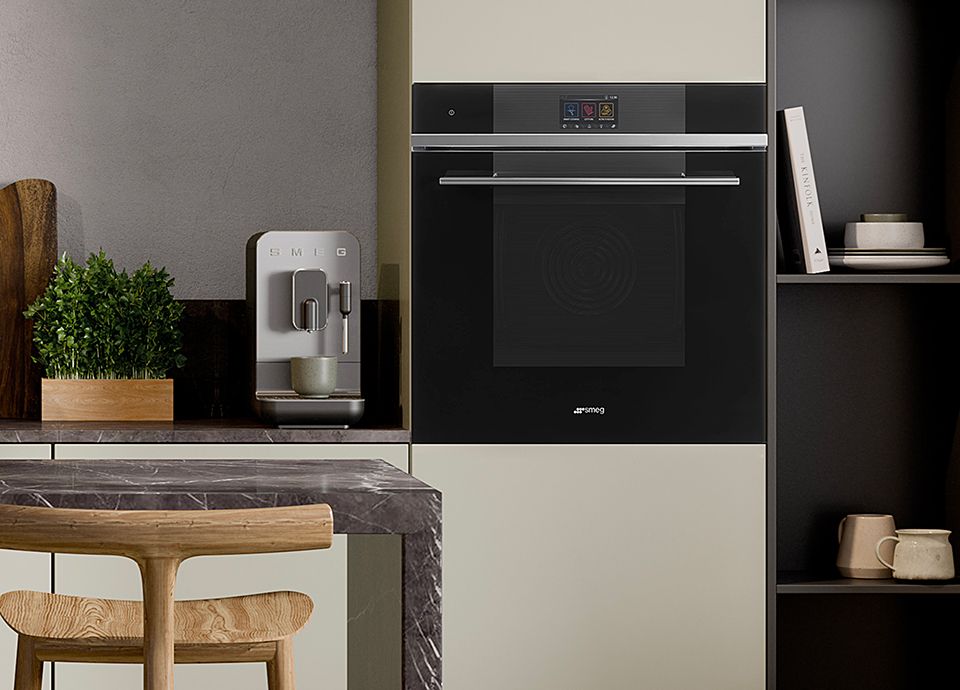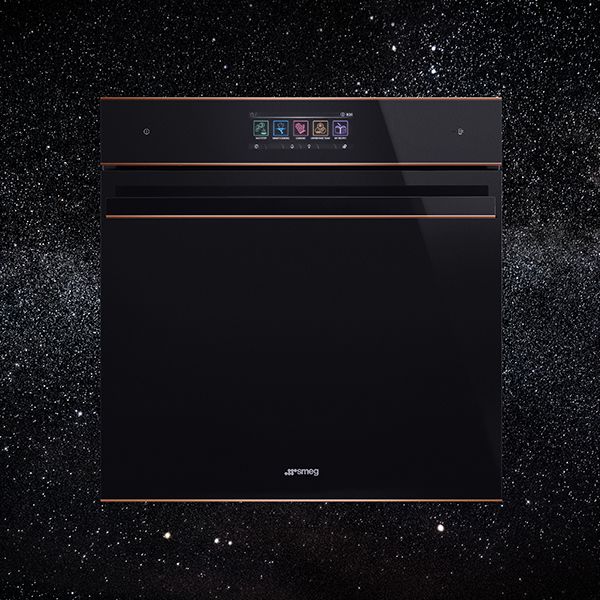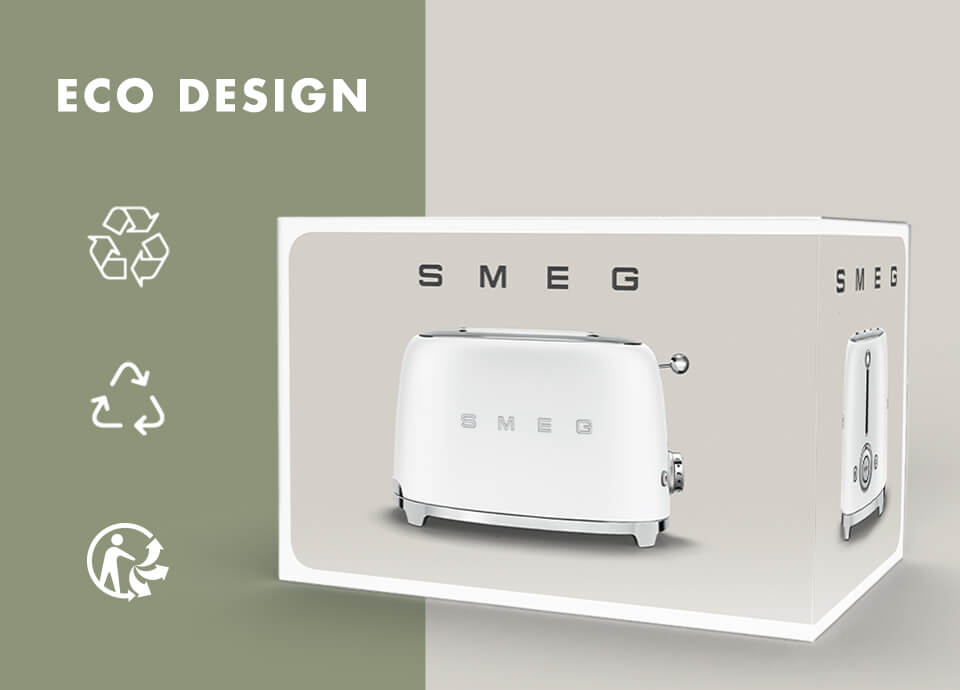invisible
- MAJOR APPLIANCES
-
SMALL APPLIANCES
- BREAKFAST
- Kettles
-
Toasters
- Citrus juicers
- separator1
- COFFEE
-
Espresso coffee machines
- Drip filter coffee machines
-
Coffee grinders
- Milk frothers
- separator4
- WATER
- Soda makers
- separator10
- FOOD PREPARATION
-
Stand mixers
- Hand blender
- Blenders
- Hand mixers
- Kitchen scales
- separator11
- KITCHENWARE
- Cookware
- Knives block set
- separator9
- COOKING
- Countertop combi steam ovens
- Portable induction cookers
- Separator5
- Accessories
- separator
- See all Small appliances
-
SPECIAL PROJECTS
- AESTHETIC LINES
-
INSPIRATION
Search
Enter at least 3 characters













































































































































































